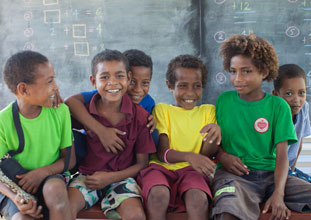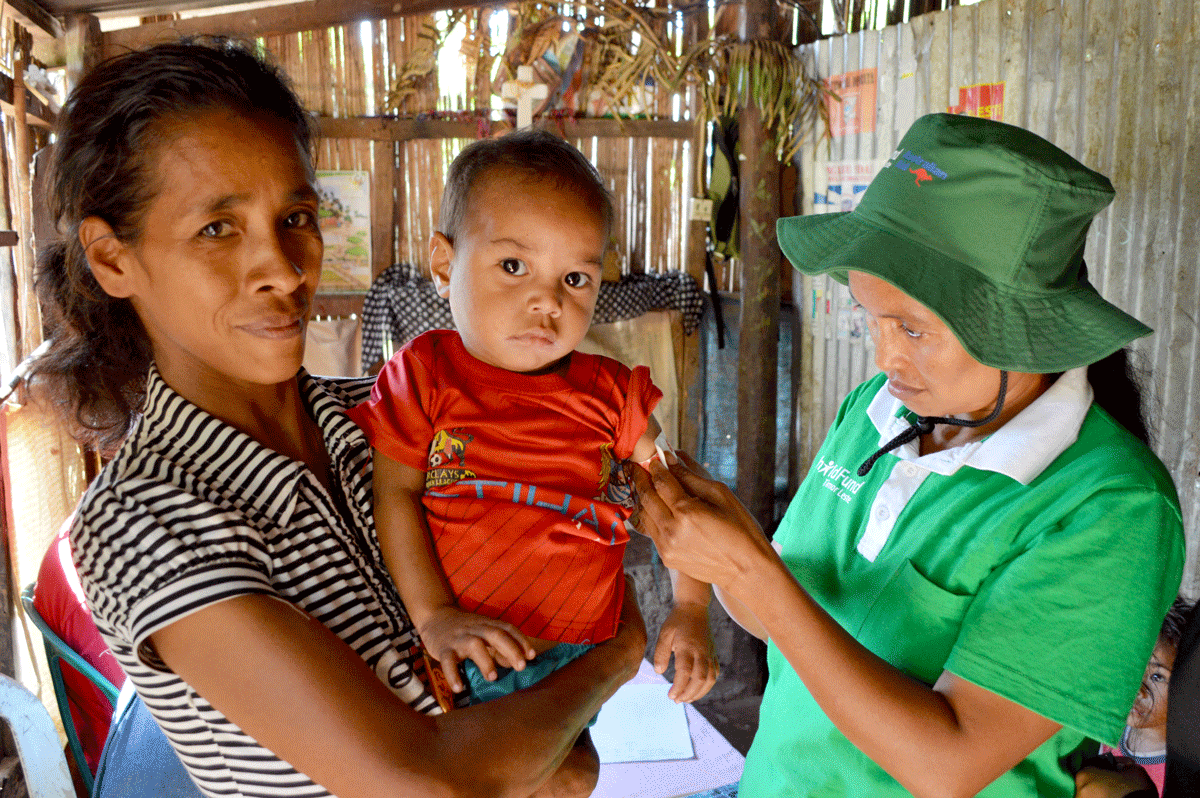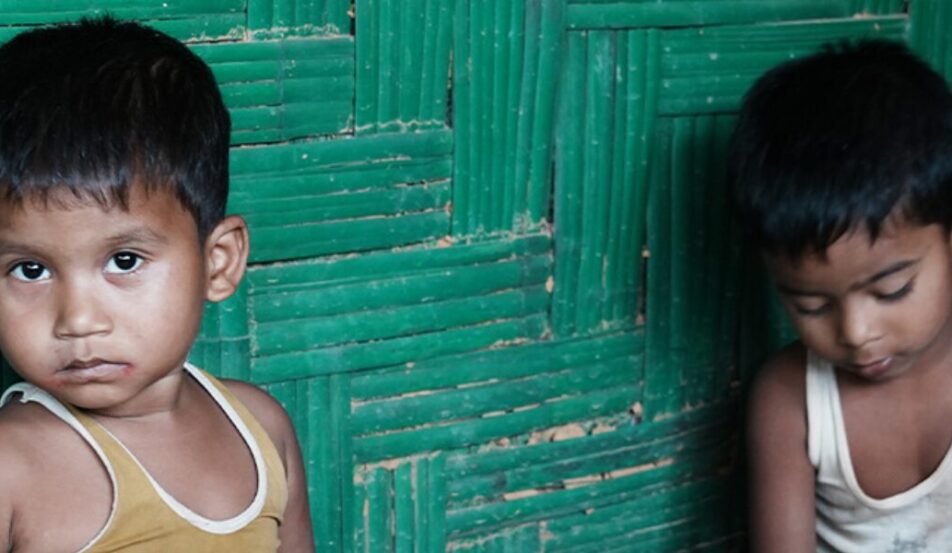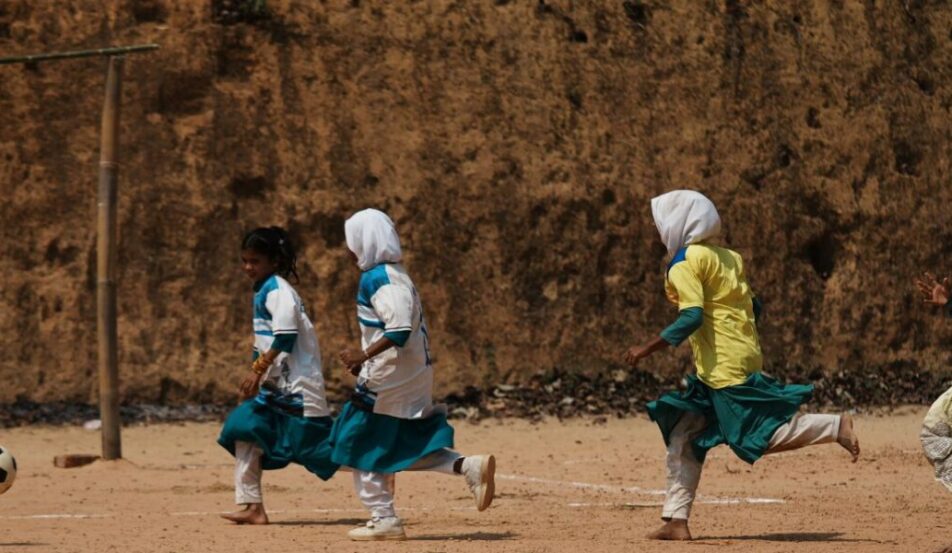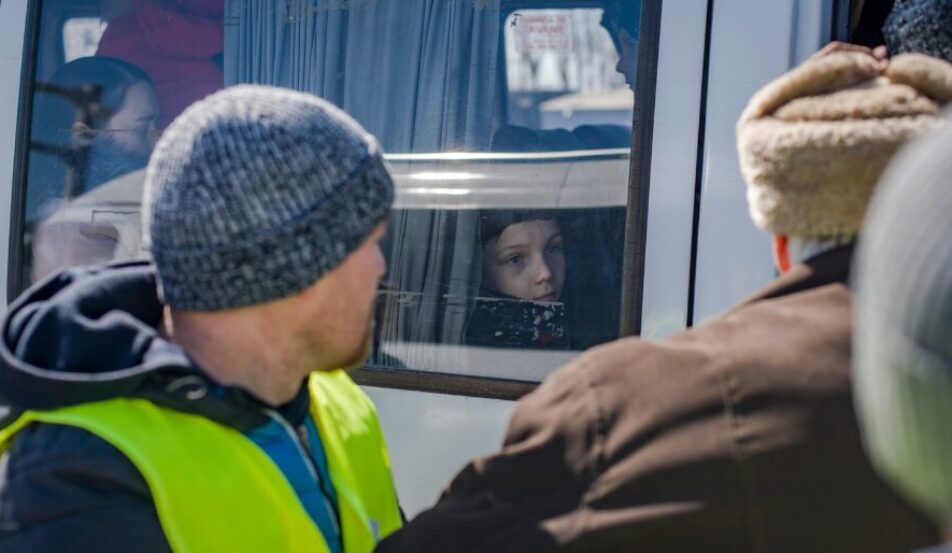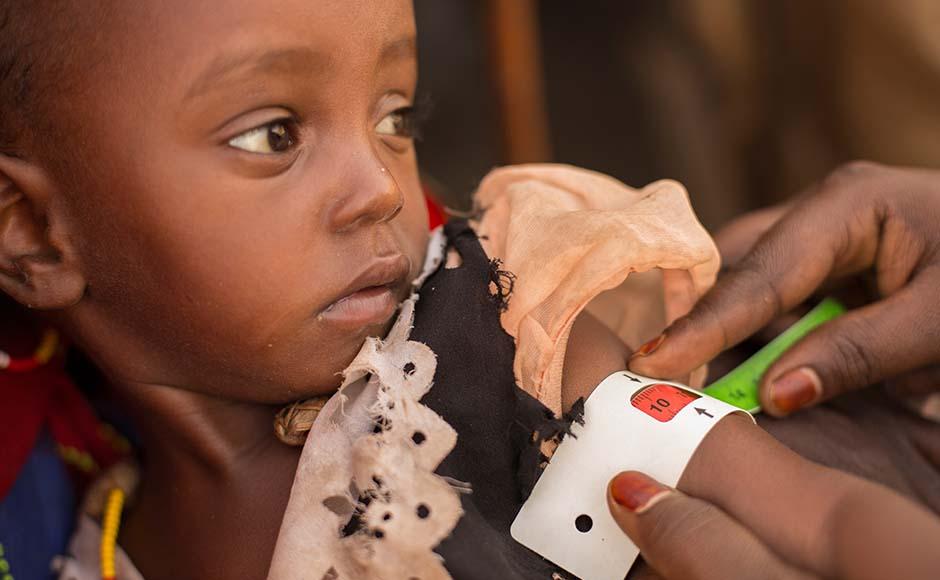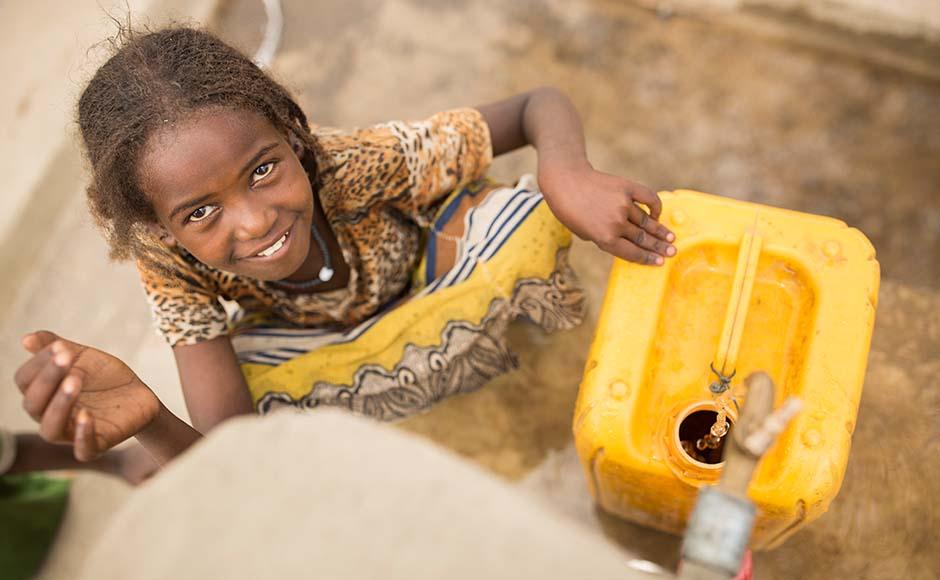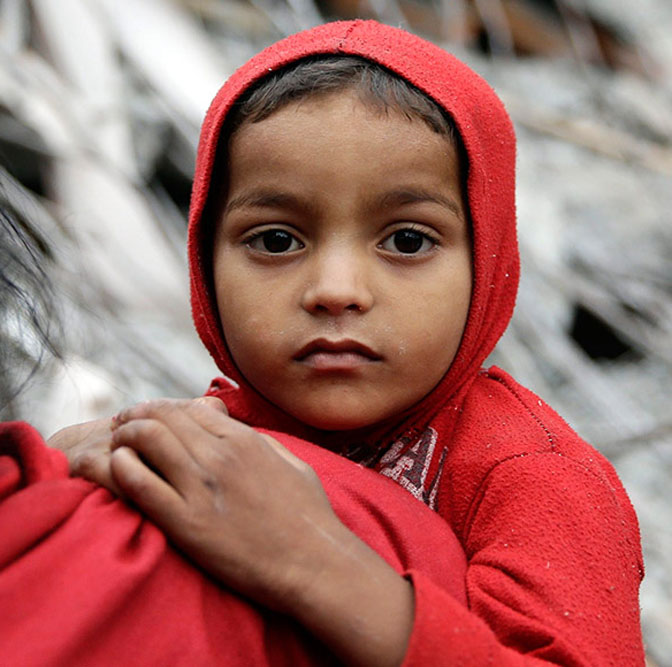The Africa Food Crisis has been described by the United Nations as the worst humanitarian emergency since World War II, with 80m people at risk of death due to starvation.
ChildFund Australia has been providing vital aid to children affected by the crisis since early 2016, focusing mainly on getting food, water and healthcare to children in need.
Right now, 2.5m children are at urgent risk of death due to extreme malnutrition. An estimated 7.5m children will suffer severe acute malnutrition in 2017. Undernutrition contributes to nearly half of all child deaths and children who survive are likely to be stunted, which severely hampers physical and mental development.
ChildFund`s national offices in Kenya and Ethiopia have been coordinating the delivery of desperately-needed aid to areas where malnutrition is rising. These country offices work closely with local governments to target hard-to-reach places, which are among the hardest hit by the Africa Food Crisis.
Our aid program includes:
Supplementary food
We provide supplementary foods, which are rich in essential vitamins and minerals, to families who do not have access to food. Unimix is a specially-designed, enriched maize and bean flour that parents can give children who are not getting enough nutrients. Packing 400 calories and many essential vitamins and minerals into 100g of flour, it is commonly used to fight malnutrition.
ChildFund also works closely with local producers to fortify maize and sorghum flour with vitamins and minerals. Once fortified, flour is sold to early childhood centres, ensuring children under five get an ongoing supply of nutritious food.
Families in drought-affected areas can also receive fortified vegetable oil and iodised salt, which provide a vitamin boost when food is in short supply.
Health Monitoring Centres
ChildFund`s health monitoring centres are a critical part of preventing deaths from malnutrition and diagnosing children early enough to limit long-term health problems. Centrally-located in hard-to-reach areas, these clinics allow staff to mass screen children for signs of poor health. The health clinics, which are usually located at early childhood centres or other well-known community buildings, are staffed with health workers equipped with MUAC (mid-upper arm circumference) bands, which detects malnutrition.
The MUAC band is a measurement tape split into three easily-distinguishable sections; red (severely malnourished), yellow (moderately malnourished) and green (healthy). Health workers use the band to measure the mid-upper arm of each child and refer malnourished children to hospitals for further management.
Early detection and ongoing monitoring is saving lives and helping children receive the help they need to avoid the life-long effects of malnutrition.
